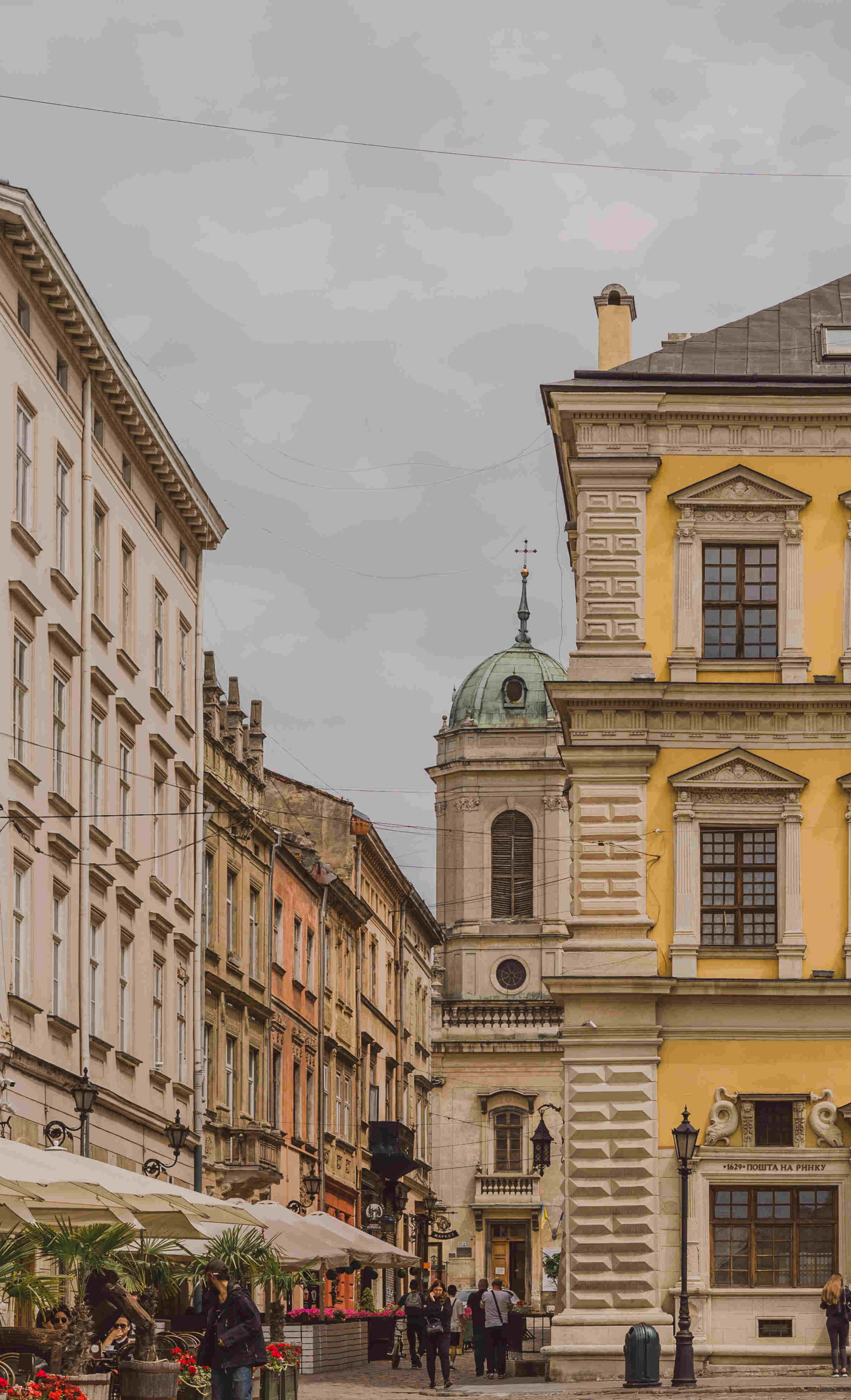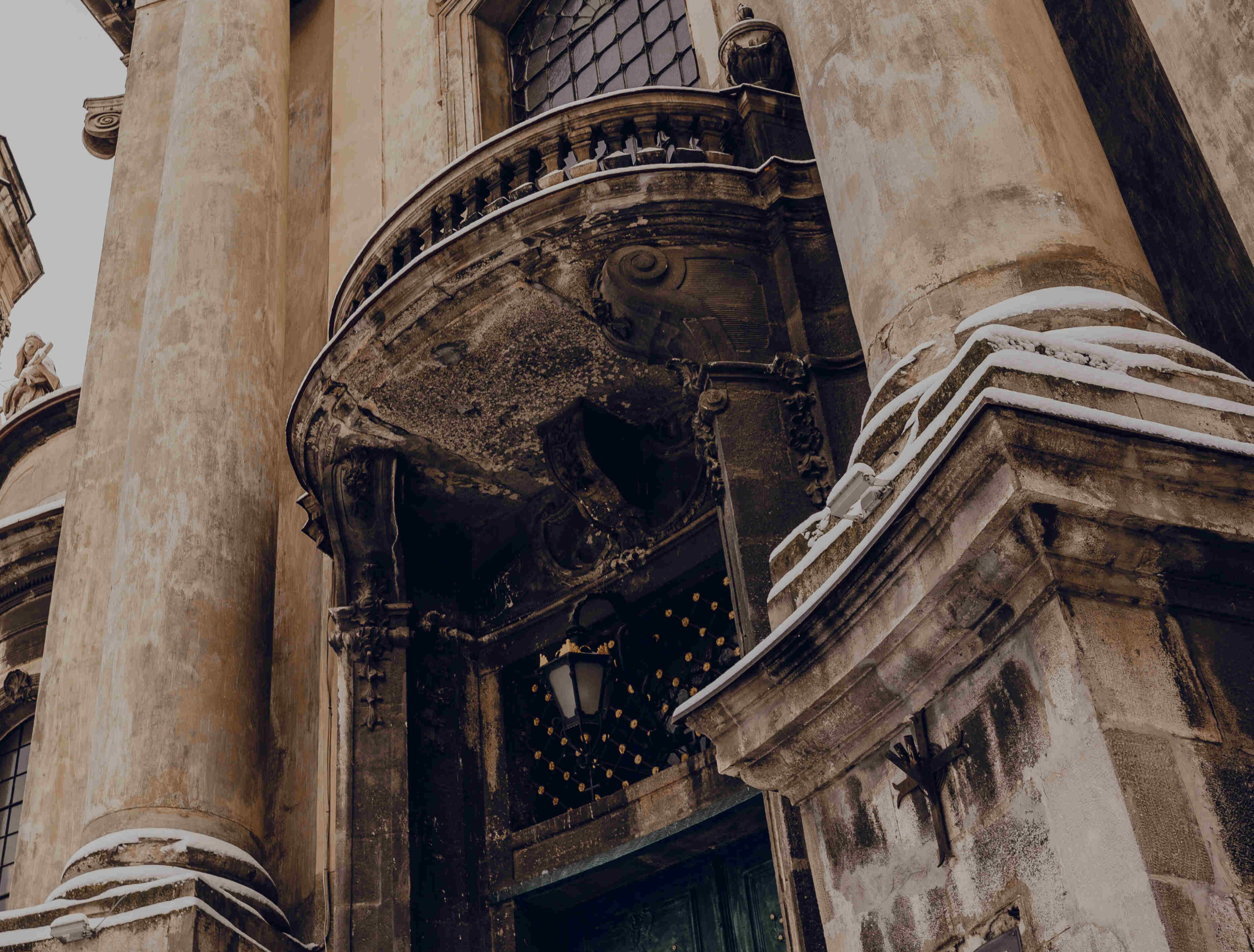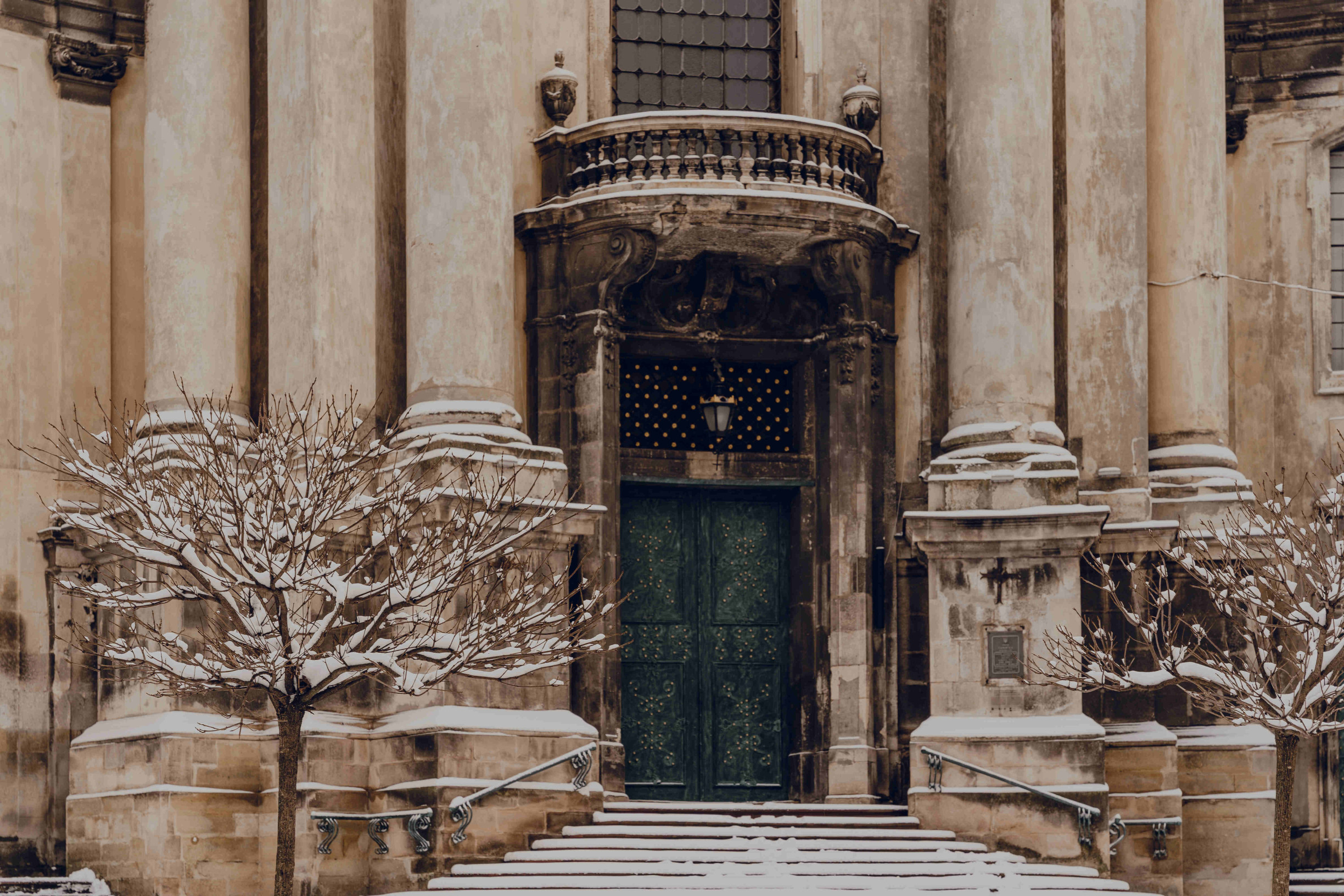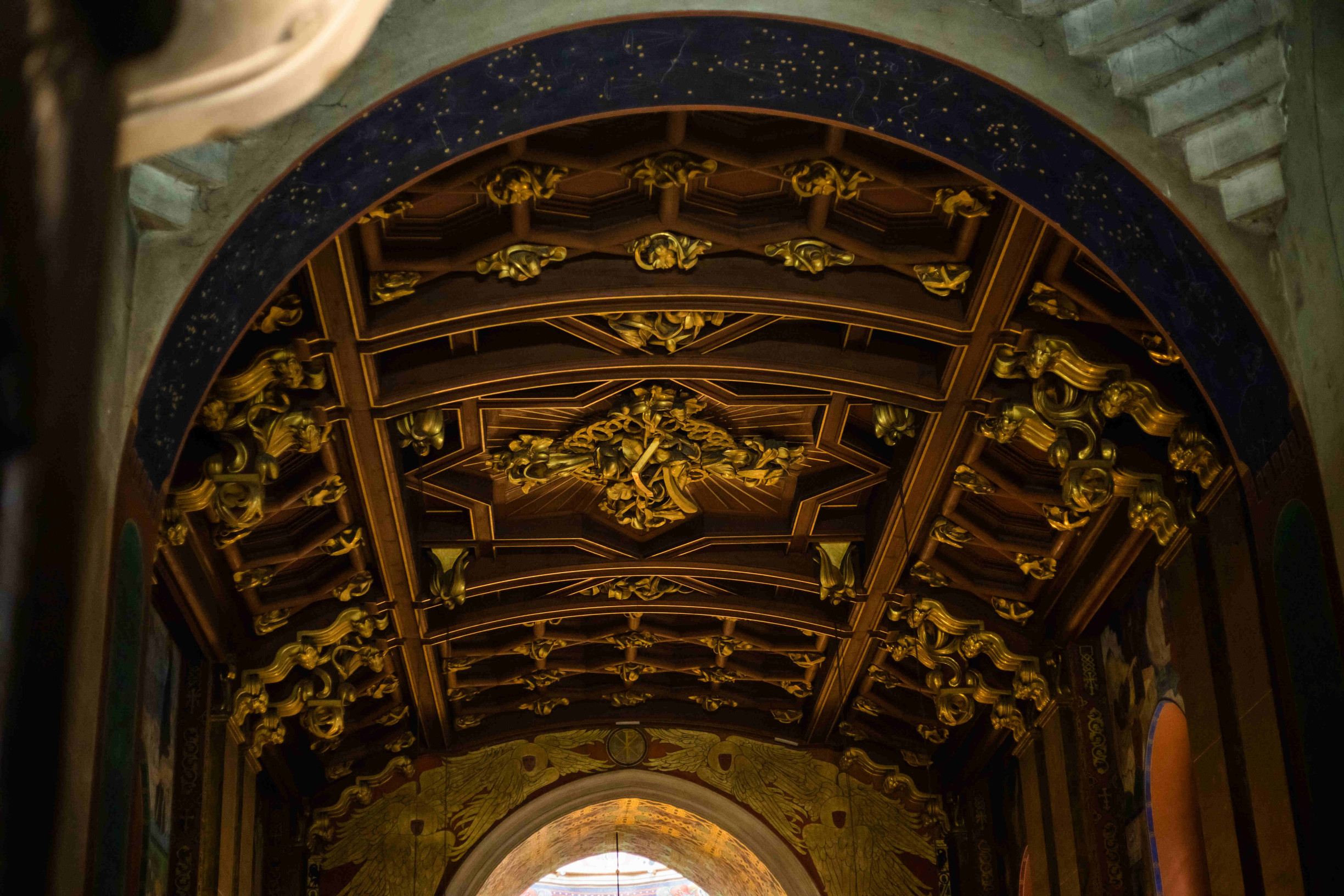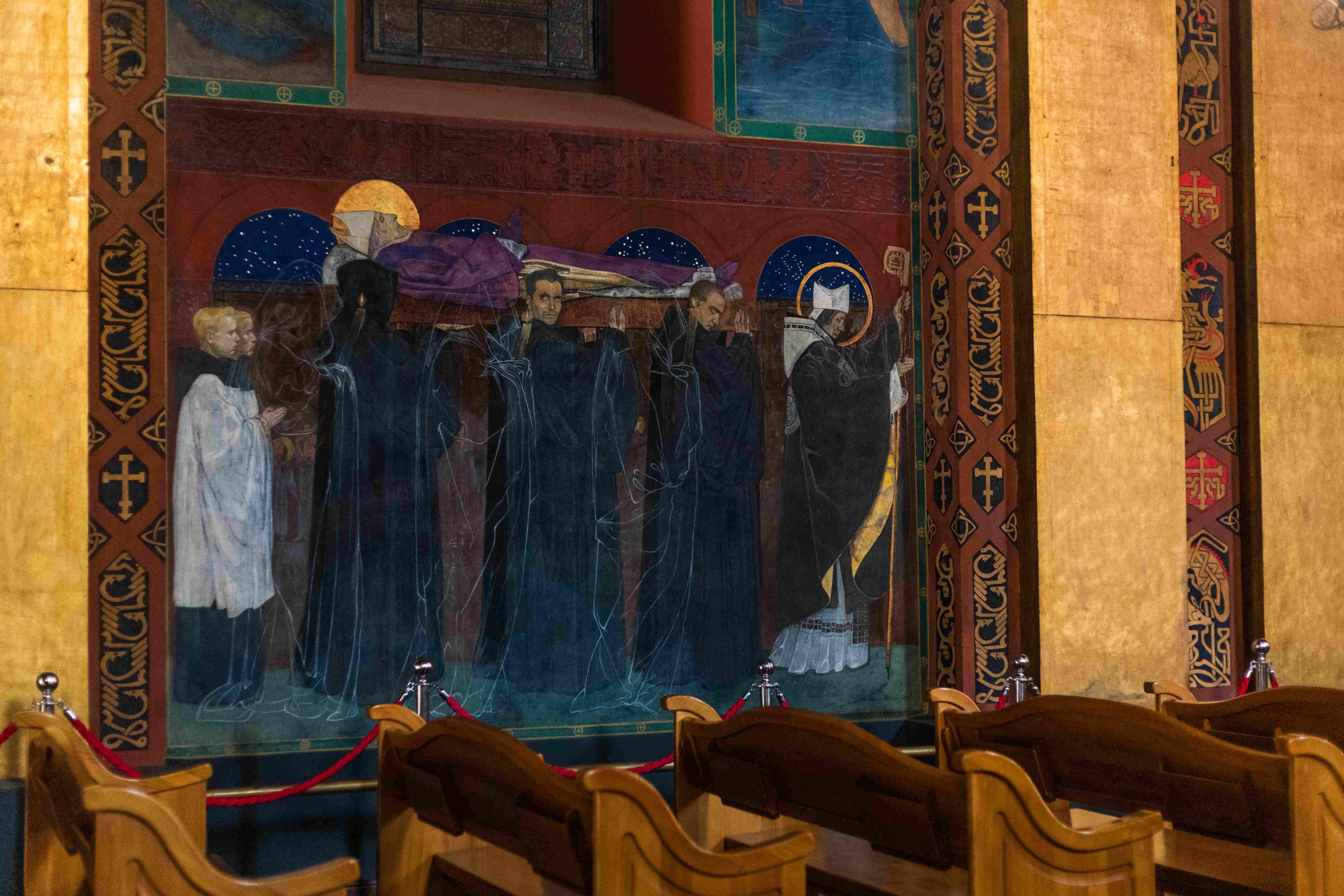Lviv can be called "little Vienna", "great Drohobych", "foggy Albion", or other names can be invented. However, all of these are subjective evaluative judgments, which may not be agreed upon. What really matters is the global and generally accepted recognition. For example, since 1998, Lviv's monuments have been part of the UNESCO World Heritage. This year marks a quarter of a century since Lviv's heritage became a global asset.
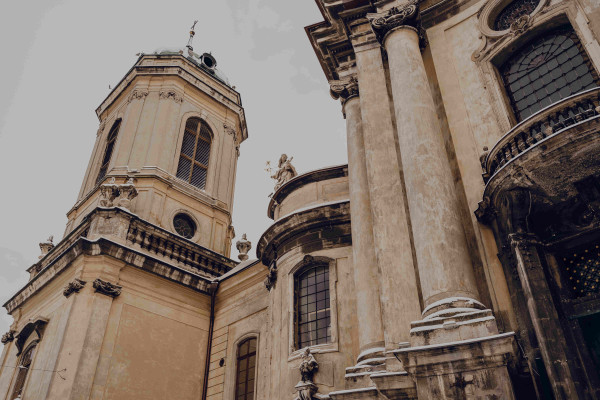
How did it happen?
Lviv became part of the UNESCO World Heritage at the end of 1998. The decision was made at a conference held in the Japanese city of Kyoto from November 30 to December 5, 1998.
Why was such a decision made?
The answer lies in the justification for the decision to protect Lviv's cultural heritage under the auspices of UNESCO. The city's urban environment and architecture, the combination of artistic traditions from Eastern Europe, Italy, and Germany in the city were noted.
Equally valuable is the fact that Lviv has always been a habitat for different peoples, and its streets and squares have absorbed elements of the cultures and traditions of each of them.
Therefore, UNESCO could not ignore the diversity of authentic cultures and their unique combination in Lviv. It is also significant that the historical area of Lviv is a good example not only of individual ancient monuments in their authentic form but also of entire quarters, streets, and complexes. Thus, we are talking here about preserving the planning and construction of the ancient city.
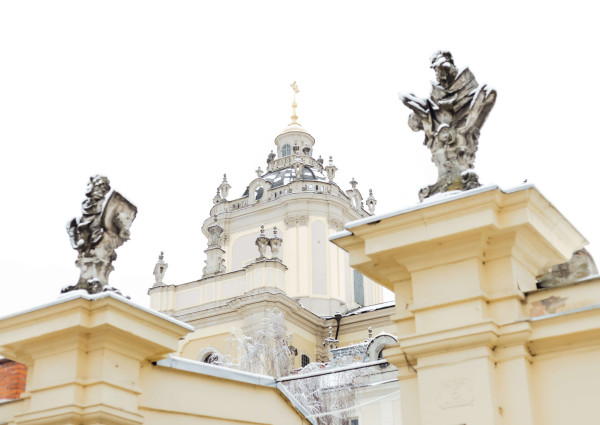
Is all of Lviv's cultural heritage under UNESCO protection?
Not at the moment. Only the ensemble of the historic center and the territory of St. George's Cathedral are under protection. That is, the ancient Rus' and medieval part of the city and the St. George's Hill.
Read more: 10 alternative places to visit in Lviv
The most valuable and priceless
There are over 2,500 historical and architectural landmarks in Lviv. This is the highest indicator in Ukraine. The number is impressive and frightening, as we have a huge responsibility for preserving this priceless heritage.
Particularly valuable are the architectural ensembles of Market Square (15th-19th century), Virmenska (14th-19th century) and Ruska streets, the ensemble of the Assumption Church (16th-17th century), St. George's Cathedral (17th century) and Virmensky and former Dominican church (18th century).
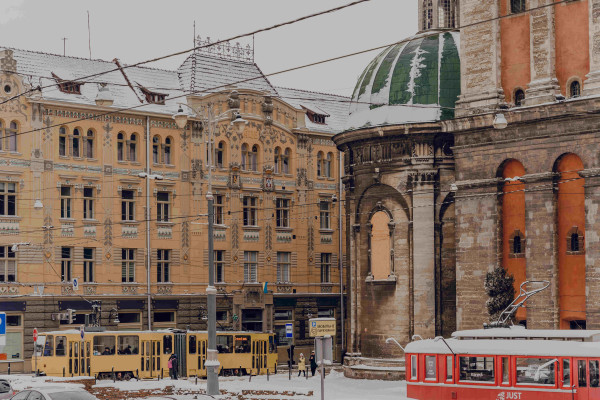
Since 1975, UNESCO has been particularly concerned with the preservation and popularization of the unique and authentic landmarks of the Renaissance period, the ensemble of the Assumption Church and the Boim Chapel.
What does this status mean?
For the city and its residents, it is a significant reputation prestige. The fact that we are concerned about preserving cultural heritage speaks volumes about our consciousness and worldview. On the other hand, the UNESCO cultural heritage status also brings financial dividends. An object that is included in the list of World Heritage Sites automatically becomes part of the UNESCO guidebooks. This contributes to the city's tourist attractiveness and, therefore, attracts visitors from all over the world.
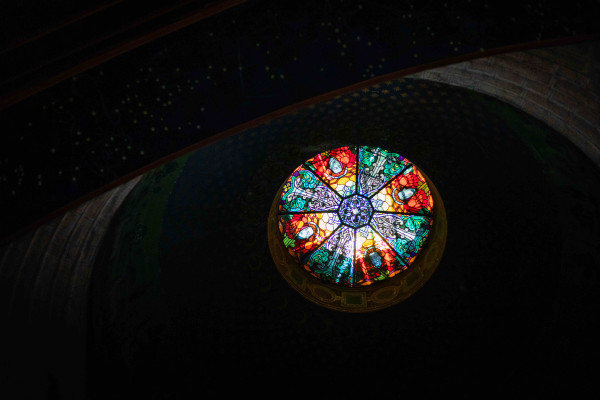
The next important component is funding for the restoration and preservation of the monument. In our case, responsibility for this lies with the state of Ukraine.
From the point of view of the monuments, World Heritage status is a guarantee of their preservation and popularization. UNESCO's main requirement is to properly care for the monuments. For example, modern buildings that do not fit into the city's architectural ensemble cannot be built in the historic area, and any construction should be agreed with UNESCO.
*The following reasons for the inclusion of Lviv in the World Heritage List and the compliance with the following UNESCO criteria were named:
Criterion Р С’: In its urban fabric and architecture, Lviv is an outstanding example of the fusion of Eastern Europe architectural and artistic traditions with those of Italy and Germany;
Criterion B: The political and commercial role of Lviv attracted to the city a number of ethnic groups with different cultural and religious traditions, who established separate yet interdependent communities within the city, evidence for which is still discernible in the modern townscape.

